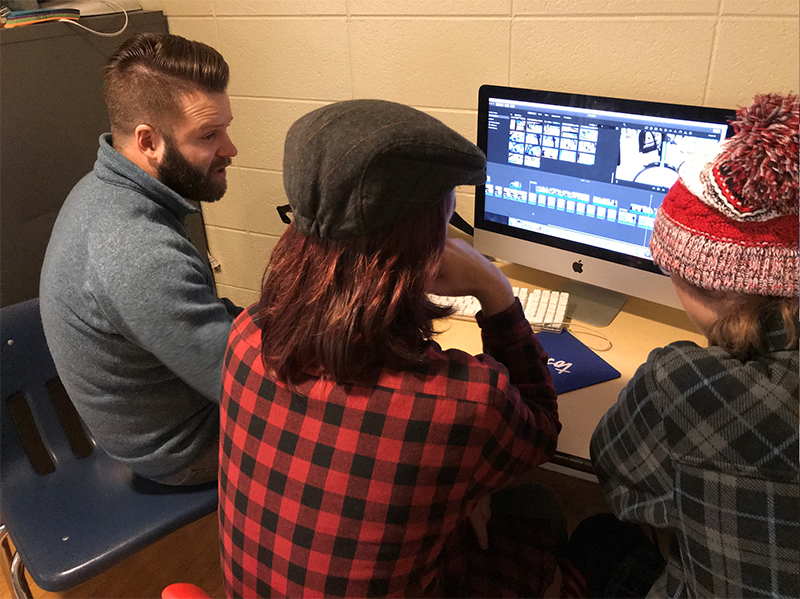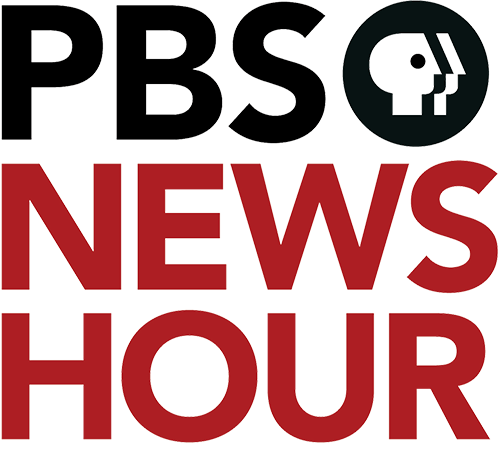Station Spotlight | WPT: Creating powerful moments in the classroom

With six Student Reporting Labs throughout the state, our partners at Wisconsin Public Television are driven by a youth media model that emphasizes media literacy and media making as vital tools for students to become critical thinkers and active members of their community. Education specialist John Dollar and multimedia producer Ryan Hendricks tag team their work with SRL and always visit schools with one goal in mind: providing the best in-person support for teachers and students. We caught up with them to learn how they create powerful moments in the classroom.
John Dollar, Education Specialist at WPT
Our leadership at WPT has embraced developing a youth media focus as one of the cornerstones of our education work. When Multimedia Producer Ryan Hendricks was hired last July, part of his position was specifically allocated to mentoring students through SRL and our Click youth media program with me. Ryan and I have visited all six SRL sites here in Wisconsin at least once so far and have been experimenting with the best ways to provide in-person support for teachers and students.
I think the most powerful moments have been going into classrooms during a production cycle and being able to provide a second pair of eyes for scripting and editing when there’s still a real chance to improve video pieces before submission. Having been a classroom teacher, I know how valuable it can be for your students to hear the same thing you’ve been telling them for months on end coming from a different source, especially when that source has years of professional experience like Ryan does. When Ryan says that the second time around, the kids “knew exactly what to do,” it’s not something that happened through magic, it happened because it was authentic learning—putting the right coach with engaged learners. Which is actually magic, isn’t it?

Ryan Hendricks, Multimedia Producer at WPT
I’d never thought of myself as a teacher, and at first I was a bit worried that I wouldn’t be able to answer every question students might have, especially because kids are coming from all different experience levels. But after getting into schools and seeing the things they were doing, there were lots of simple, technical things that I could help improve and edit. It felt more like collaborating than the image of teaching I had in mind.
Working with a group in Jean Biebel’s class at Wauwatosa East, it was really cool to go over their rough cut and talk about the importance of b-roll and the role b-roll serves in a story, and then watch them go back into the same room they’d originally shot in and see all these new b-roll opportunities and basically fix it on the spot. I didn’t have to say a thing that second time around because the students were just going to town. They knew exactly what to do.
It’s also been eye-opening to see the way that journalism is not lost on this generation of students like we sometimes think it is. There’s a huge interest in exploring what journalism can do and the voice they can have. A/V wasn’t cool when I was in high school, but that has changed. Maybe it’s the emergence of social media and just a greater interest in making media and putting a perspective out there, but there’s a lot of excitement and enthusiasm around it. It’s really encouraging and it makes me so glad to be doing this work.






